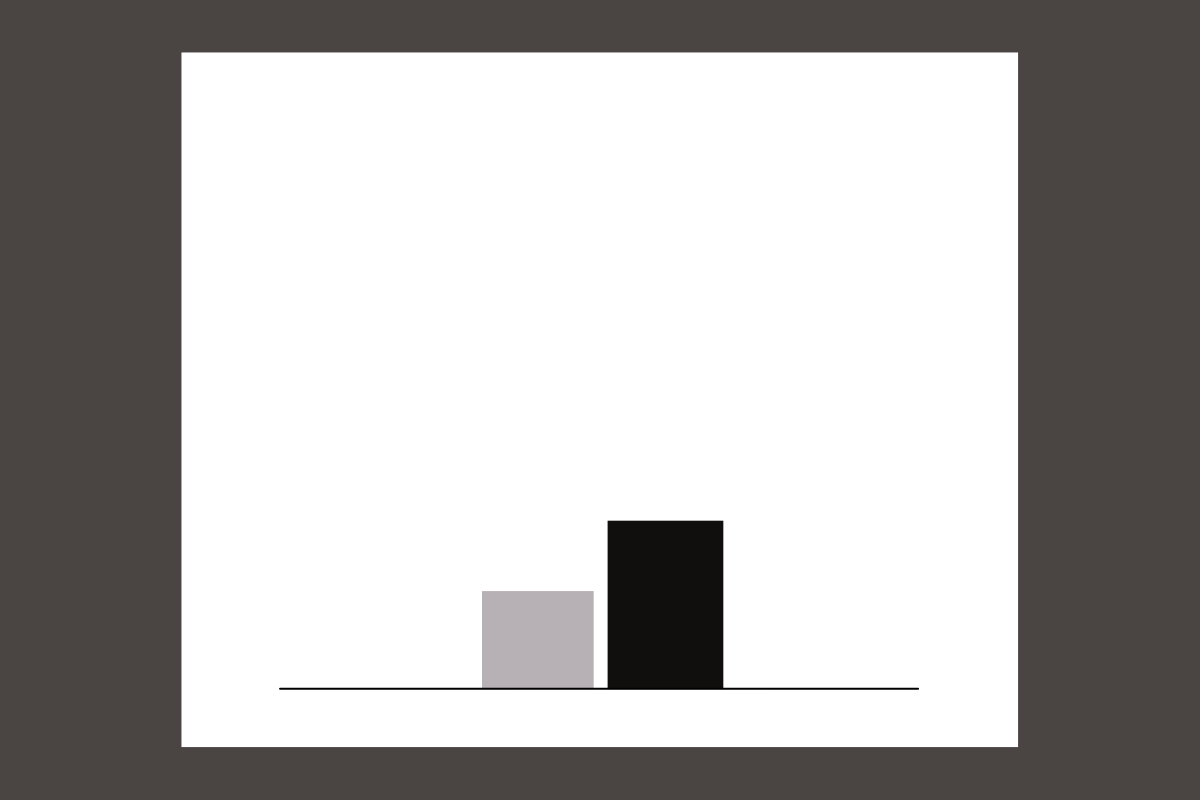Covered Call Strategy
What Is a Covered Call Option?
- A covered call option is a simple trading strategy where you sell call options on a stock that you already own. In other words, you hold the shares first, then you write (sell) a call option on those same shares.
- This strategy helps you earn extra income from the stock you already have. The stock you hold acts as a cover — so if the person who bought the call option wants to buy your shares, you can easily deliver them. This is why it’s called “covered.”
Objective of the Covered Call Strategy
- The main goal of a covered call strategy is to earn extra money — the premium — on top of the returns you get from holding the stock.
- It’s one of the more popular options strategies because it’s simple and considered less risky than other option strategies. Many investors use it to create a steady flow of income from their stock portfolio. Even brokers often allow this strategy in accounts that are not approved for more advanced options trading.
- A big reason this strategy is seen as low-risk is that your potential losses are limited. Unlike some other option trades that can expose you to huge losses, the maximum loss here is the drop in your stock’s value, just like owning the stock without options.
- However, one thing to remember: while you get extra premium income, you limit how much you can profit if the stock price goes way up. You’re basically trading some upside potential for immediate income.
Business News
How Does a Covered Call Work?
When you sell a covered call, you agree to sell your shares at a specific price (the strike price) if the option buyer decides to exercise their right. You get paid a premium upfront for giving this right to someone else.
Depending on how the stock price moves, here’s what can happen:
Possible Outcomes of a Covered Call
1. Stock Price Goes Up
If the stock price rises above the strike price, you’ll likely have to sell your shares at that strike price. The good news is:
- You’ll get the agreed strike price for your shares (which is higher than your original price).
- You’ll keep the premium you earned from selling the call option.
This locks in a short-term profit plus extra income — a win-win if you’re okay selling the stock at that level.
2. Stock Price Goes Down
If the stock price drops, the call option probably won’t be exercised by the buyer — because no one wants to buy shares at a higher strike price than the market price. In this case:
- You keep the shares.
- You keep the premium, which gives you a small cushion to reduce your total loss.
This premium helps cover a part of your loss, but keep in mind it won’t fully protect you if the stock drops a lot.
3. Stock Price Stays the Same
If the stock price doesn’t really move, the buyer will likely let the option expire. You’ll:
- Keep your shares.
- Keep the entire premium as profit.
This is a good outcome for covered call sellers — you keep the stock for the future and still pocket extra money.
Benefits of a Covered Call
There are three main reasons why investors love covered calls:
1. Extra Premium Income
This is the biggest benefit. Many investors make selling covered calls a regular habit — some do it every month or every quarter — to earn steady extra income on top of stock dividends.2. Helps Set a Target Selling Price
Covered calls help you plan a good selling price for your stock. For example, if you bought a stock at ₹39.30 and sell a ₹40 call option for ₹0.90, you’d make ₹40.90 if the option is exercised. Even if the stock only climbs to ₹40.50, you’d still get ₹40.90 — so it can help you hit your target price without needing the stock to reach it on its own.3. Limited Downside Cushion
While it doesn’t fully protect you from losses, the premium you receive lowers your break-even point. In the example above, that extra ₹0.90 per share reduces the impact if the stock dips a bit. So you have some downside protection — but remember, it’s limited because the premium is usually a small percentage of the stock price.
Business News
Key Points to Remember
- A covered call works best in a sideways or slightly bullish market.
- It’s a good way to earn income if you’re willing to sell your shares at a set price.
- It’s safer than other option strategies because your loss is limited to the stock’s movement — and you keep the premium.
- If the stock price skyrockets, you might feel a little regret because your upside is capped at the strike price — but the premium helps make up for it.
- A covered call works best in a sideways or slightly bullish market.
- All Posts
- Become Partner
- Broker Review
- Crypto
- IPO
- Mutual Fund
- Recent News
- Recent Updates
- Stock Market

Meta Infotech IPO Day 1: Strong Start with ₹80.18 Cr Issue, GMP at ₹35 in Grey Market Meta Infotech IPO ...

Brigade Hotel Ventures Raises ₹126 Crore in Pre-IPO Round Ahead of ₹900 Cr Public Issue 📍 New Delhi | 🗓️...

Fourfront Limited Files DRHP for SME IPO; To Issue 65 Lakh Shares on BSE SME Mumbai (Maharashtra), July 4, 2025...

Travel Food Services GMP Travel Food Services Limited’s Initial Public Offering (IPO) is already making waves in the market—even before...
By Popular Top Share Brokers

Motilal Oswal
30 days brokerage free trading
Free – Personal Trading Advisor

AngelOne
Free Equity Delivery
Flat ₹20 Per Trade in F&O

Profit mart
Free Equity Delivery
Flat ₹20 Per Trade in F&O

ProStocks
Unlimited @ ₹899/month
Rs 0 Demat AMC

Upstox
FREE Account Opening
Flat ₹20 Per Trade

Paytm Money

Pay ₹0 brokerage for first 10 days
Flat ₹20 Per Trade

Fyers
Free Eq Delivery Trades
Flat ₹20 Per Trade in F&O




